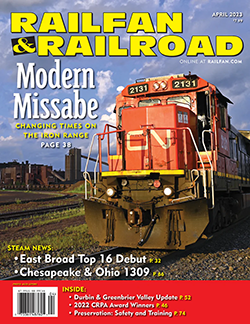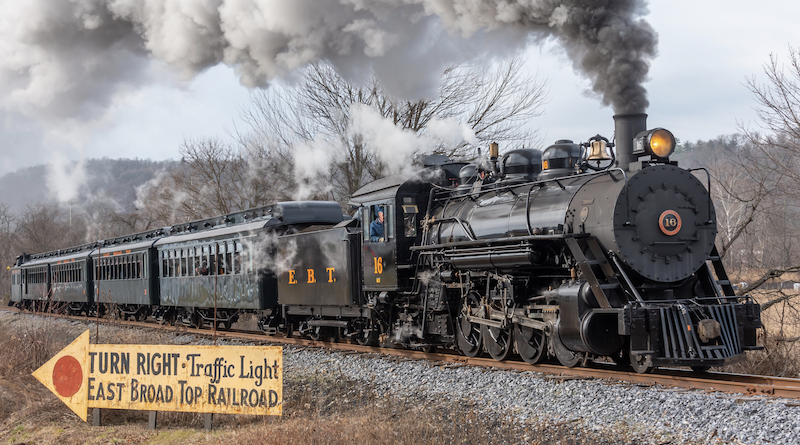 The majority of us believe, in most cases, new technology is better than old. I’ll wager you’ve gotten rid of at least one computer, if not several, replacing it with a faster, lighter, more capable one. You might like old cars, like I do, but most people drive the newest model they can afford. And how many of us keep the same pair of shoes for more than a year or two? Our feet don’t get sentimental.
The majority of us believe, in most cases, new technology is better than old. I’ll wager you’ve gotten rid of at least one computer, if not several, replacing it with a faster, lighter, more capable one. You might like old cars, like I do, but most people drive the newest model they can afford. And how many of us keep the same pair of shoes for more than a year or two? Our feet don’t get sentimental.
Within our hobby, however, it’s pretty common to see things the opposite way. Many railfans are deeply skeptical of new railroad technologies, for each new thing has a tendency to displace something old, familiar, and perhaps well-loved. This dread of the new has become almost instinctual for many of us. Talk with someone who has been in the hobby for a few decades, and they will probably sigh at some recent news and say something uncharacteristically profane that means, more or less, “everything turns to dust.”
This issue — like many issues of Railfan & Railroad — has stories that fit this description. Indiana Rail Road is, for example, retiring its fleet of SD9043MAC diesel-electric locomotives. The word-salad of a designation aside, these are massive engines built in the late 1990s, with 4,300 hp and designed for later upgrading to a staggering 6,000 hp. Or consider Duluth, Missabe & Iron Range, which is retiring its 1970s-built diesels — a less surprising move, but still one that will see familiar machines disappear.
Yet everything is not a loss. The new is also good. For example, Indiana Rail Road will take on more fuel-efficient diesels to replace the SD9043MACs. Missabe will become home to more of owner Canadian National’s fleet of standard cab General Electric locomotives, rare in their own right. But more surprising is the reopening of Pennsylvania’s narrow gauge East Broad Top, with the first engine returning to service being Mikado 16.
This isn’t just good news, it’s almost a miracle, for the 16 last saw service 67 years ago, in 1956. That’s almost three times as old as the Indiana’s retiring SD90s. Locomotives that saw only two years of the 20th century are headed for the scrapper’s torch, while locomotives built during World War I are going back into service.
We live in weird times. Who knows what comes next? How about the recreation of one of the ten long-scrapped New York Central J3 4-6-4 Hudson steam locomotives, streamlined in the late 1930s by industrial designer Henry Dreyfuss? It would be a tall order as none survive, but if Pennsy fans can rebuild a T-1 4-4-4-4 from nothing but plans, what’s stopping anyone? On a more ambitious note, how about restoring White Pass & Yukon from its present terminus at Carcross, Yukon Territory, to the railway’s original terminus at White Horse? Sure, the track hasn’t been used since the 1980s, but the right-of-way is mostly intact and it’s only 43 miles. Or for a slightly different idea, how about resurrecting a paint scheme? Most renderings put out by the California High Speed Rail Authority show shiny bullet trains in yellow and blue, the state’s official colors, but these have tended to look awkward at best. Instead, how about we paint those bullet trains into Southern Pacific’s 1937 Daylight scheme of red and orange? This would not only be a nod to the state’s rail heritage, it would also look fresh and modern, and that’s a rare double-win.
Making lists of these sorts of fantasies is fun, and I could lay out plenty more. How about you have a go? Write us and tell us what resurrections you’d most like to see. If there’s any lesson from East Broad Top, it’s that you never know what might be possible.
—Alexander Benjamin Craghead is a transportation historian, photographer, artist, and author.


